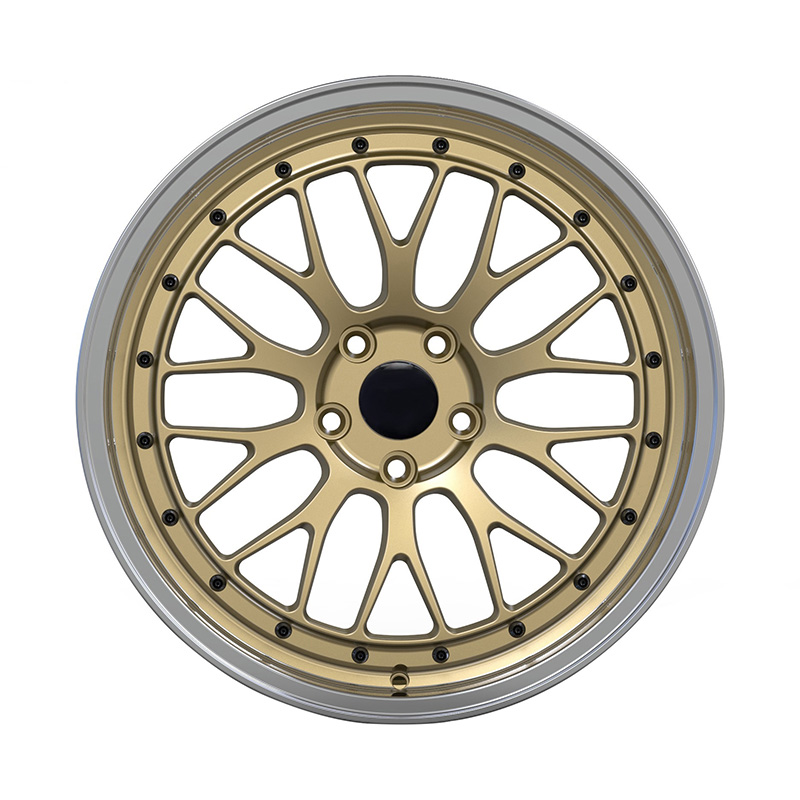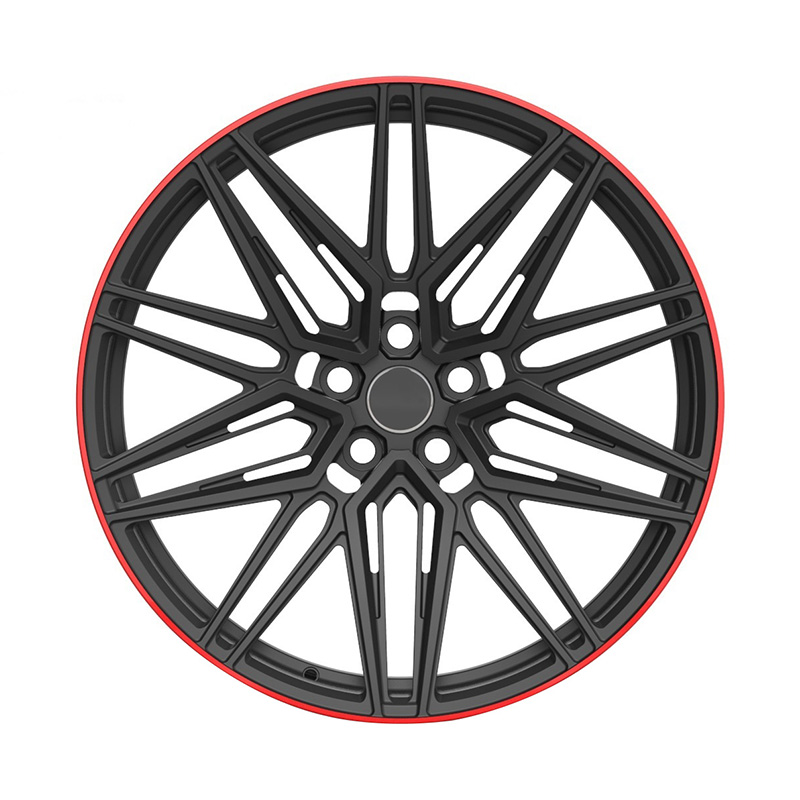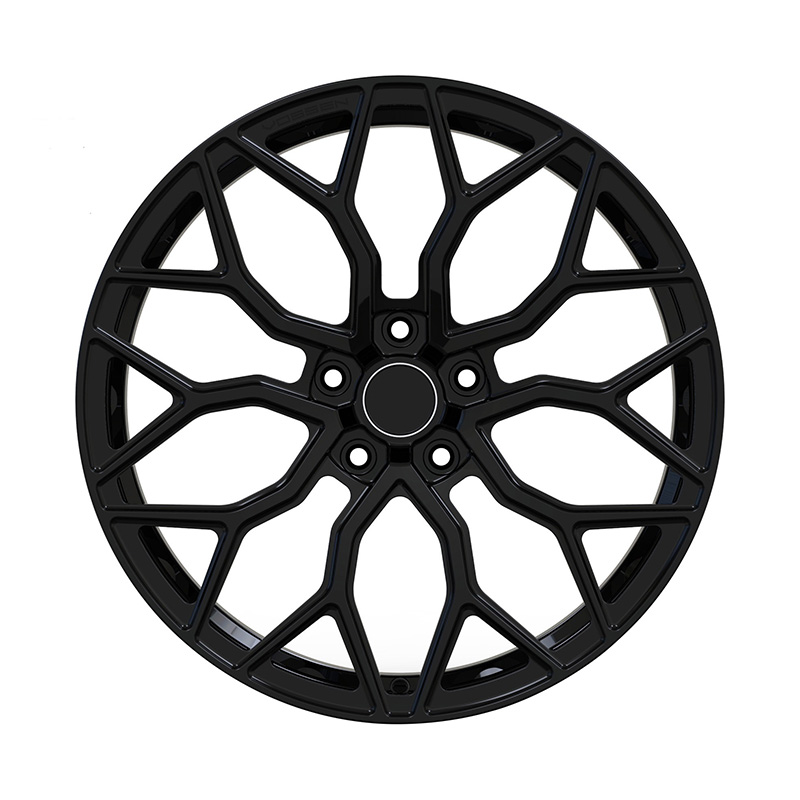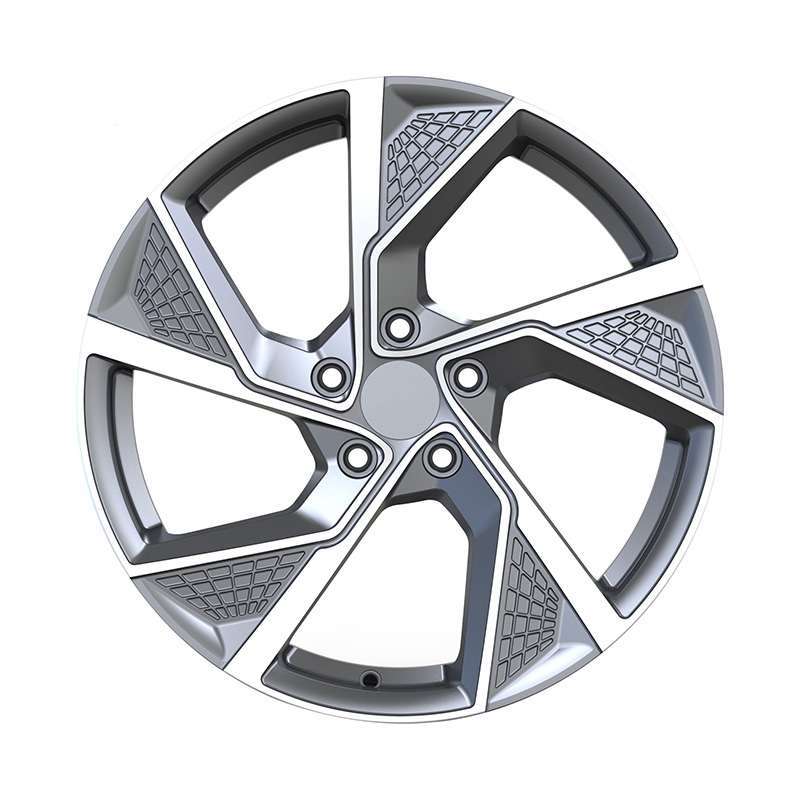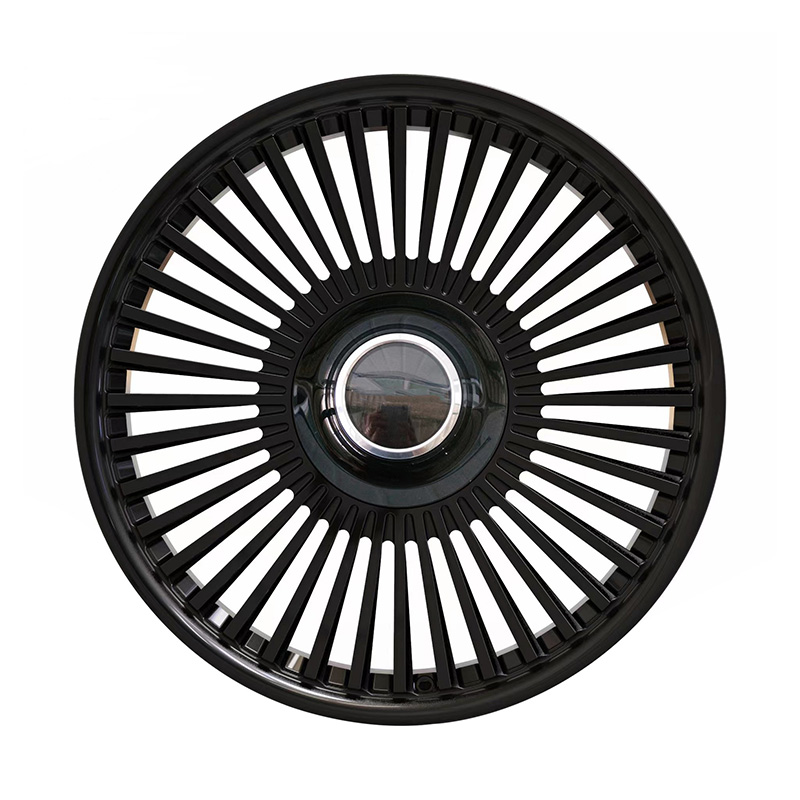
Submit
Submit feedback
How Do Processes Differ in Modifying Forged Aluminum Rims?
2025-10-29
What Initial Assessments Are Required Before Modification?
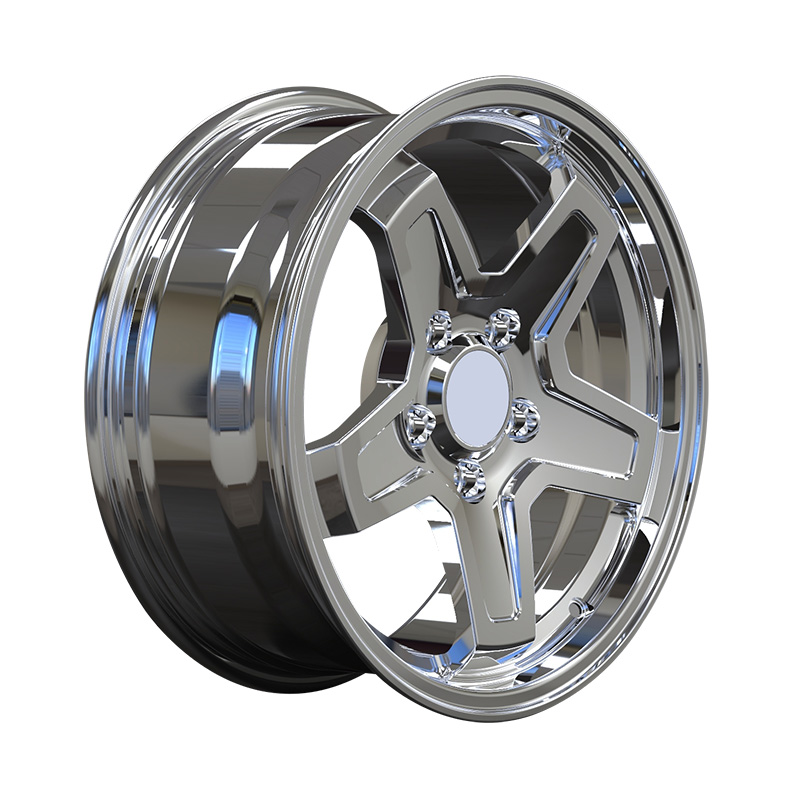
Before any physical work begins, a thorough evaluation protocol is implemented to ensure the integrity of the forged aluminum rim. This preliminary phase involves three critical steps:
Structural Integrity Verification: Technicians employ non-destructive testing methods, including dye penetrant inspection and ultrasonic scanning, to identify microscopic cracks or internal flaws that might compromise the wheel's safety.
Digital Benchmarking: Advanced 3D scanning technology creates a precise digital model of the original wheel, documenting its exact specifications, including thickness measurements, structural reinforcements, and original balance points.
Modification Feasibility Analysis: Engineers simulate proposed changes using computer-aided engineering software to predict how material removal or addition will affect stress distribution and overall structural performance.
How Does Machining Precision Impact the Modification Process?
The physical alteration of forged aluminum rims demands specialized equipment and techniques that differ significantly from standard wheel modification processes. Key aspects include:
|
Process Aspect |
Standard Wheel Approach |
Forged Rim Specialized Approach |
|
Material Removal |
Conventional cutting tools |
CNC-controlled diamond-tipped tools |
|
Temperature Control |
Basic coolant systems |
Precision temperature-regulated machining |
|
Tolerance Standards |
± 0.5mm typical |
± 0.1mm or tighter requirements |
|
Stress Management |
Post-machining stress relief |
Real-time monitoring and compensation |
The machining process requires particularly sophisticated handling in these areas:
CNC Programming: Custom tool paths are developed to maintain uniform material thickness while achieving the desired design changes, ensuring no area becomes critically thin.
Thermal Management: Continuous temperature monitoring prevents localized heating that could alter the forged aluminum's temper and structural properties.
Multi-Axis Machining: Complex 5-axis CNC systems enable simultaneous machining from multiple angles, preserving the wheel's structural integrity while creating intricate designs.
What Finishing Techniques Preserve Forged Aluminum Characteristics?
The final finishing stages require specialized approaches to maintain both the appearance and performance qualities of forged aluminum:
Surface Preparation Protocol: Implementation of multi-stage polishing processes using progressively finer abrasives, followed by chemical etching to create an ideal surface for coating adhesion.
Advanced Coating Application: Utilization of specialized coating technologies including:
- Physical Vapor Deposition for ultra-thin, durable finishes
- Ceramic clear coats for enhanced scratch resistance
- Electrostatic powder coating for even coverage in complex geometries
Heat Treatment Considerations: Precise control of curing temperatures to avoid affecting the forged aluminum's mechanical properties while ensuring coating durability.
How is Post-Modification Performance Validated?
The completion of physical modifications initiates a comprehensive validation process to ensure the wheel meets performance standards:
Structural Load Testing: Modified wheels undergo rigorous fatigue testing using specialized equipment that simulates extreme driving conditions, including impact testing and cornering stress simulation.
Dynamic Balancing Procedure: Implementation of high-speed computer-aided balancing that identifies both static and dynamic imbalances, with correction methods that maintain the wheel's aesthetic integrity.
Final Quality Assurance: Comprehensive inspection including:
- Helium leak testing for tire sealing surfaces
- Hardness verification to ensure material integrity
- X-ray inspection of welded or modified areas
- Coordinate measuring machine validation of final dimensions
This systematic approach to modifying forged aluminum rims ensures that aesthetic enhancements and dimensional changes do not compromise the fundamental safety and performance characteristics that define premium forged wheels.
recommend products
-
Zhenlun Multi Spokes Split Monoblock Forged Wheels Bronze With Silver Lip Edge
-
Zhenlun Matt Black With Red Lip Monoblock Forged Wheels
-
Zhenlun Gloss Black Monoblock Forged Wheels Gloss Black For Sports Car
-
Zhenlun Monoblock Forged Wheels Lightgrey With Machined Face
-
Zhenlun Monoblock Forged Wheels Gloss Black Dense Multi Spoke

 0
0

